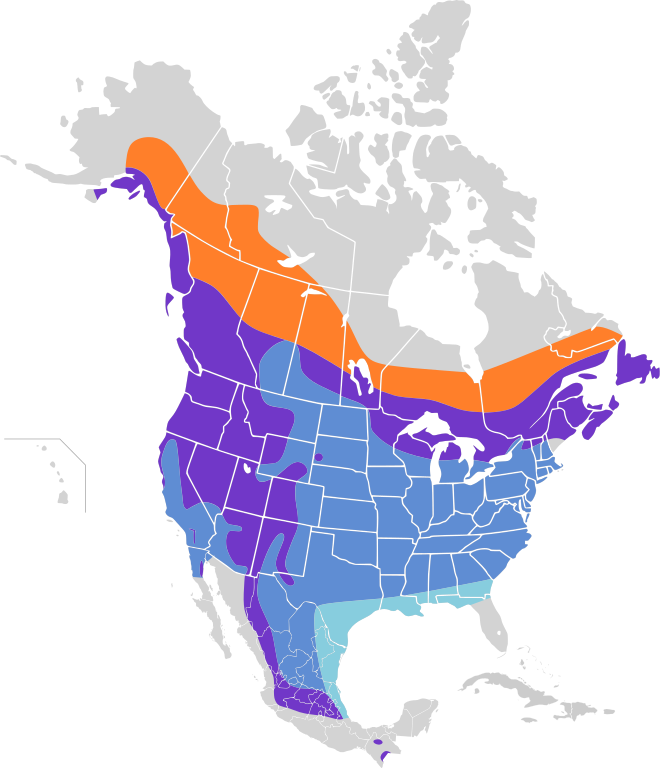
Do you already know this species? Click the arrows to check…















The brilliant blue, white, or pink of these flowers are actually 5 to 25 colored sepals rather than petals. They appear to float upon a mist of thread-like bracts above feathery, pinnately divided leaves.
These plants CAN be a nuisance, with some species having stinging hairs… BUT they are edible and highly nutritious, with various other uses as well!
This bright, tropical-looking black and yellow bird from Southeast Asia is related to chickadees and titmice
This humble plant is easily overlooked, both in its quiet early blooming and later leaf unfurling. You can find it in wetlands and riverine forests in the NE quarter of the US, up into Canada.
This black-white-and-grey bird points its slender bill downwards – or tilts it comically upwards – as it spirals face-first down tree trunks and round and round branches, searching for insects to devour
This is the species that is used as THE cultivated walnut tree. It has pinnately compound leaves with about 7 alternate leaflets, larger towards the tip or terminal end.
This relative of the European Robin nests across Eurasia, can sometimes be found in small numbers in North America, and overwinters in Africa.
This hairy little plant with 5 pointy petals is native to the Mediterranean region and is both edible and medicinal